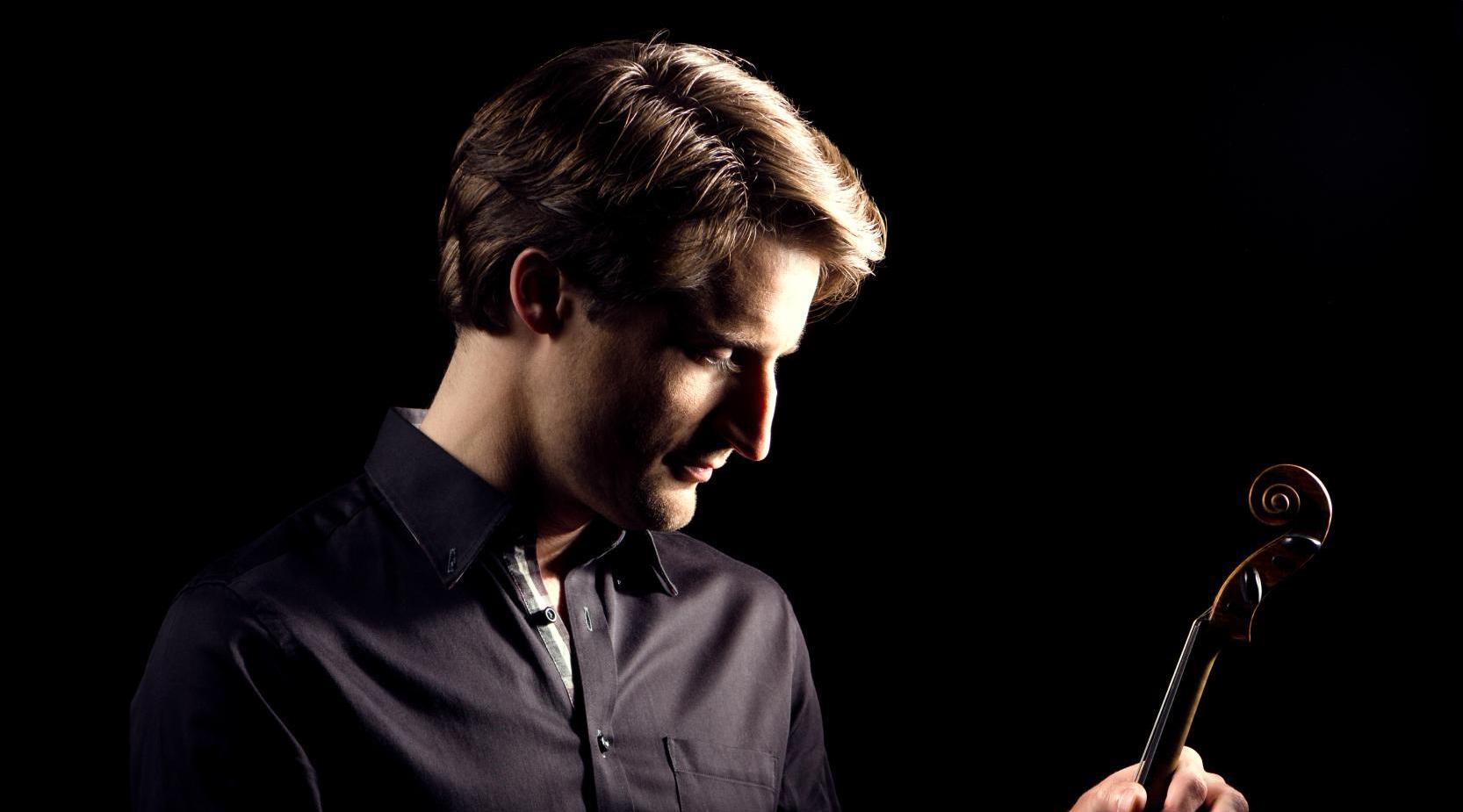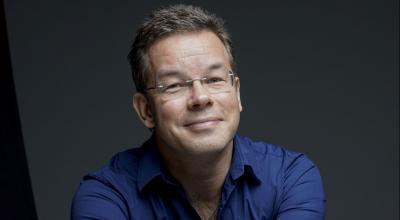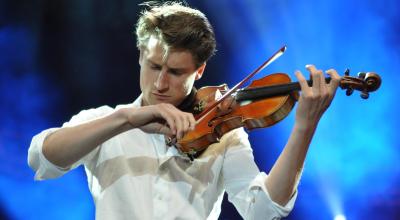Shostakovich 8 & Lorenzo Gatto plays Saint-Saëns
Camille Saint-Saëns, Violin Concerto No. 3 in B minor, Op. 61
Dmitri Shostakovich, Symphony No. 8 in C minor, Op. 65
A DEFEATED SURVIVAL
After the Franco-German war in 1871, Camille Saint-Saëns was more motivated than ever to make French symphonic music (which had hardly existed since Berlioz) compete with German symphonic music. For too long, France had focused on opera and ballet. Saint-Saëns’ Third Violin Concerto, now one of his most popular works, fulfils this goal con brio. Beautiful melodies and exquisite orchestration make it easy to understand why later composers such as Fauré and Ravel looked up to Saint-Saëns so much. In tribute to the violinist who played the premiere, Pablo de Sarasate, the final movement contains a lot of Spanish colours as well as French brilliance.
Shostakovich’s Eighth Symphony is the second of three wartime symphonies the Soviet composer wrote between 1941 and 1945. This colossal work, which stemmed from the darkest days of the war with Nazi Germany with the infamous Battle of Stalingrad, is perhaps Shostakovich’s most tragic composition. In five movements, Shostakovich tries to come to terms with excessive violence and endless suffering, both emotionally and philosophically. Adark fate motif opens the 30-minutelong first movement. The lonely cries from the wind instruments sound hollow and reinforce a sense of despair and desolation. Next come the march-like second and third movements - “with elements of a scherzo”. In the monomaniacal allegro non troppo, German conductor Kurt Sanderling heard das Niedergetrampelltwerden des Individuums (the trampling of the individuals). With a passacaglia in the fourth movement, Shostakovich mourns what has just happened, after which the fifth movement closes the symphony in a very atypical way. Unlike Mahler’s Second symphony, also written in the key of C minor, Shostakovich makes no room for resurrection. The pianissimo ending does not indicate triumph, but a defeated survival, like an orphan returning home.
Antony Hermus, conductor
Lorenzo Gatto, violin
Antony Hermus
Antony Hermus was recently appointed Chief Conductor of the Belgian National Orchestra, starting an initial four-year term in September 2022 with a Designate year.
Lorenzo Gatto
« Je veux que mon jeu soit honnête avant tout. J’ai une fragilité dans le son qui reflète la personne que je suis.



